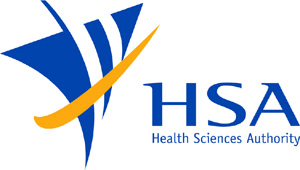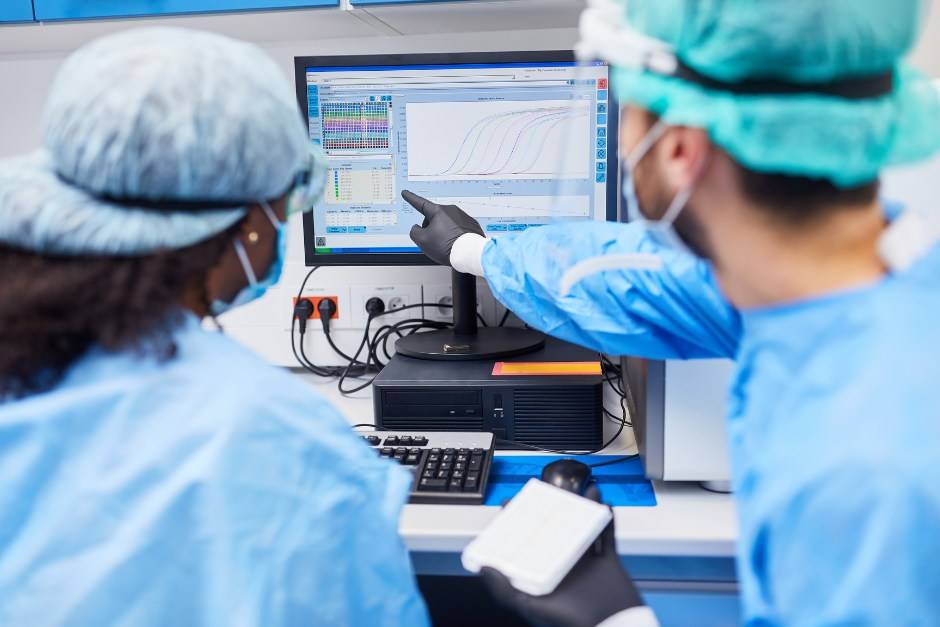The article provides a brief overview of the regulatory requirements in the sphere of clinical evaluation of healthcare products.

Table of content
The Health Sciences Authority (HSA), Singapore’s regulatory agency in the sphere of healthcare products, has published a draft guidance dedicated to clinical evaluation.
The document represents the current position of the authority and is intended to be used in public consultations.
Once finalised, the document will provide an overview of the applicable regulatory requirements, as well as additional clarifications and recommendations to be taken into consideration by medical device manufacturers and other parties involved to ensure compliance with it.
The authority also reserves the right to make changes to the guidance, should such changes be reasonably necessary to reflect corresponding amendments to the underlying legislation.
Regulatory Background
Singapore has established stringent regulations for the supply of medical devices.
In particular, the applicable regulation prescribes that to be allowed for marketing and use, medical devices need to be backed by proper clinical evidence.
This evidence should align with the device’s intended purpose, classification, and the relevant Essential Principles of Safety and Performance (EP).
These principles are further described in the document GN-16: Guidance on Essential Principles for Safety and Performance of Medical Devices.
The Essential Principle 9 (EP 9) on clinical evaluation emphasizes the necessity of clinical evidence for every medical device.
This evidence should demonstrate the device’s compliance with the relevant essential principles.
To generate this evidence, a clinical evaluation must be conducted, considering the device’s intended use and classification.
The clinical evaluation is intended to assess the relevant clinical data and determine if the medical device possesses a favourable benefit-risk profile.
This assessment can be based on a variety of sources, including clinical investigation reports, published literature reviews, and clinical experiences encompassing real-world data.
The presented document is designed to offer a comprehensive guide on the considerations and steps required to prepare and present clinical evidence.
According to the guidance, clinical evaluation represents a series of continuous activities that employ scientifically valid methods.
These methods aim to assess and analyze the clinical data related to a medical device, ensuring its safety and proper performance.
This process begins during the initial developmental stage, identifying the necessary data for regulatory purposes.
The evaluation informs if a new device clinical investigation is essential and outlines the outcomes that need to be studied.
As the medical device is used, new safety and performance information is being collected. This data is incorporated into an ongoing risk management process, as prescribed by ISO 14971.
Consequently, it might lead to alterations in the product owner’s risk assessment, clinical investigation documents, Instructions for Use, and post-market activities.
The authority additionally emphasizes that before marketing a medical device, product owners must validate, through appropriate conformity assessment procedures, that the device complies with the applicable Essential Principles.
Under the general rule, it is expected that the product owner will provide sufficient evidence demonstrating that the device performs as intended during its use, as per its labelling.
Additionally, it should be evident that all known and potential risks are minimized and deemed acceptable when compared to the device’s benefits.
Furthermore, any claims and statements medical device manufacturers make for the device’s safety and performance should be duly backed with the appropriate evidence.
According to the guidance, post-market activities also play an important role.
Product owners should have in place surveillance programs that consistently monitor the safety and performance of their medical devices.
These programs form an integral part of their Quality Management System.
Using data from these programs, product owners should continuously review the device’s performance, safety, and benefit-risk assessment.
This review should be executed through clinical evaluation, updating the clinical evidence as necessary.
Through this iterative clinical evaluation process, product owners should remain in communication with the HSA, sharing any significant information that affects the device’s benefit-risk assessment or signals a need for changes in its labeling.
For a clinical evaluation to be conducted, product owners must follow a systematic process.
The result of this process is to be documented in a clinical evaluation report.
This report, along with the underlying clinical data, can be used as the clinical evidence supporting the device’s marketing.
Apart from clinical evidence, other important documents are required for a medical device.
These include design verification and validation documentation, device description, labelling, risk analysis, and manufacturing information.
All these documents collectively assist a product owner in demonstrating conformity with the Essential Principles. They also form a part of the technical documentation of the medical device.

Scope
As it was mentioned before, the present document is intended to guide product owners on how to conduct and document a medical device’s clinical evaluation.
The recommendations provided in this guidance should be taken into consideration both before marketing a device and to support its continued marketing. The document addresses the aspects related to:
- The general principles of clinical evaluation.
- Identifying relevant clinical data for evaluation.
- Appraising and integrating clinical data into a summarized format.
- Documenting the clinical evaluation in a comprehensive report.
According to the guidance, clinical evaluation should be both exhaustive and objective.
It should consider all data, both favourable and unfavourable, to present valid clinical evidence of the device’s safety and performance.
The authority acknowledges the wide range of technologies used in medical devices and the risks they pose.
However, in certain cases, it is still feasible to rely on the clinical experience and literature reports of similar devices already placed on the market to establish clinical evidence.
This reliance reduces the need for new clinical data through the device’s clinical investigation, reducing consequently the regulatory burden for product owners.
Clinical evaluations should be adaptable in their depth and extent. They should be tailored to the device’s nature, intended purpose, and associated risks, ensuring that they are not overly burdensome.
The present draft guidance also provides references to other guidance documents issued by the authority for related matters.
Conclusion
In summary, by the present HSA guidance, the authority describes the approach to be applied by product owners (medical device manufacturers) when demonstrating their products’ compliance with the relevant regulatory requirements.
The document also highlights specific aspects to be taken into consideration to ensure the safety and proper performance of medical devices allowed for marketing and use in the country
How Can RegDesk Help?
RegDesk is a holistic Regulatory Information Management System that provides medical device and pharma companies with regulatory intelligence for over 120 markets worldwide. It can help you prepare and publish global applications, manage standards, run change assessments, and obtain real-time alerts on regulatory changes through a centralized platform. Our clients also have access to our network of over 4000 compliance experts worldwide to obtain verification on critical questions. Global expansion has never been this simple.

